In a new study, researchers from Cornell University, the University of Virginia, the University of Delaware, the University of Missouri, the German European Molecular Biology Laboratory, and the Austrian Institute of Science and Technology provided new details of how the HIV-1 viral structure is assembled. This discovery provides a potential new target for the treatment of this viral infection. The relevant research results were published online in Nature. This…
Author: biostt
Cryo-EM Structure of Plasmodium Vivax Invasion Revealed

Plasmodium invades the body’s young red blood cells, which then begin to spread throughout the body. In a new study, researchers from Australia and the United States used cryo-electron microscopy (cryo-EM) to reveal for the first time at the atomic level a three-dimensional picture of how Plasmodium vivax invades human red blood cells. They mapped out the first contact between the Plasmodium and the young red blood cells they are…
Structure of a Human Synaptic GABAA Receptor Analyzed

Many drugs—whether legal or illegal—act on one of the most abundant and important neurotransmitter receptors in the brain: type A GABA receptor (GABAA receptor). Particularly well-known are benzodiazepines, which are used for anesthesia during surgery and for the treatment of epilepsy, anxiety, and insomnia. The resolution of the three-dimensional structure of this receptor may one day lead to the development of better ways to treat these diseases. The GABAA…
JNeurosci: New Method for the Development of Personalized Brain Stimulation Therapies Found
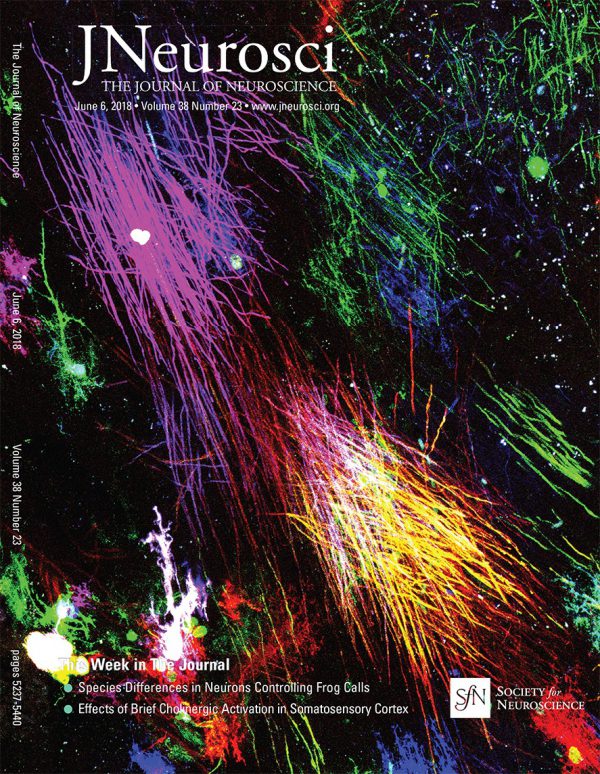
A study of epilepsy patients with transplanted electrodes has seen a change in brain activity caused by an electrical stimulus that has never been seen before. These findings were recently published in J Neurosci and have the potential to improve non-invasive stimulation for the treatment of psychiatric diseases. Repetitive transcranial magnetic stimulation (rTMS) has been increasingly used for the treatment of patients with depression and other poor reactions…
Nature: Inhibitors of Legionella Enzyme SdeA Designed

Antimicrobial resistance (AMR) is a major medical problem worldwide that affects human health and economic conditions. In a new study, Professor Ivan Dikic from the University of Frankfurt, Germany, together with his team found a new strategy to fight the bacteria. They revealed the mechanism of one Legionella and developed the first inhibitor. The relevant research was published online in Nature on May 23, 2018. As drug resistance continues…
Revealed Structures of the Fully Assembled Spliceosome before Activation
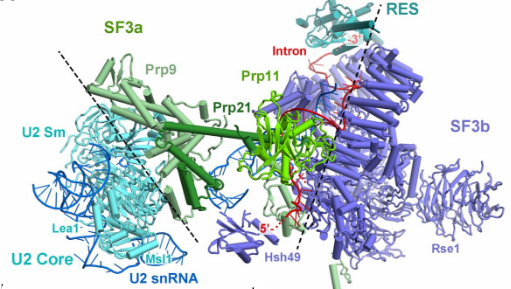
Professor Shi Yigong of the School of Life Sciences of Tsinghua University published the major research results on the assembly mechanism and structure of the splice body in the “Science” magazine. The paper entitled “Structures of the Fully Assembled Saccharomyces cerevisiae Spliceosome Before Activation” reports two completely assembled key conformations of the Saccharomyces cerevisiae spliceosome in the preactivated phase – Precursor pre-catalytic spliceosome (defined as “pre-B complex”) and pre-catalytic spliceosome…
Hyperfine Hepatitis B Virus Capsid Atom Interaction Exposure
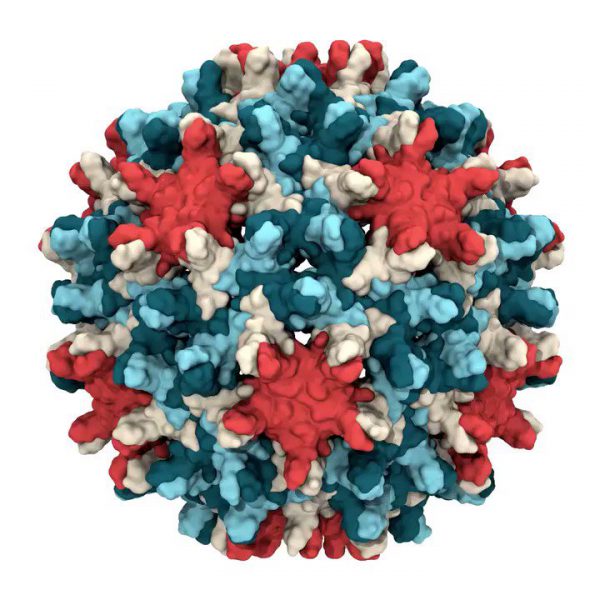
In an article published on “eLife”, researchers at the University of Delaware and Indiana University found that the details of the unknown hepatitis B virus capsid, illuminating potentially new therapies for more than 250 million hepatitis B patients worldwide. The capsids play the role of hepatitis B virus in injecting genetic material into host cells. They are a key target for the development of therapeutic drugs for hepatitis B….
Structure of INO80–nucleosome Complex Found
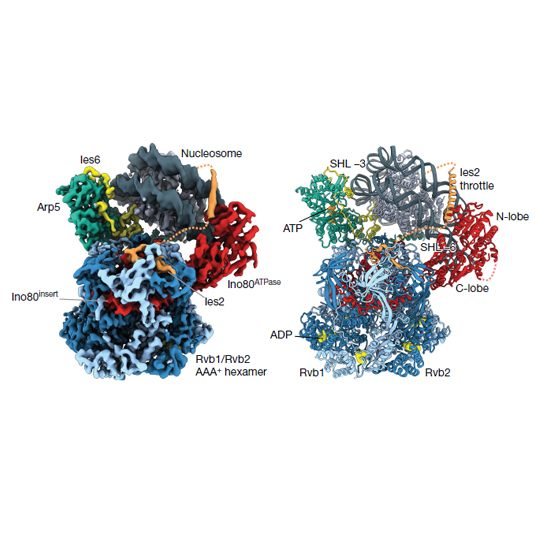
The genomic DNA of higher organisms is compactly wrapped in the cell nucleus. DNA is tightly wound around a large number of histones called nucleosomes. For example, human cells contain about two meters of DNA in this way. However, genes must constantly undergo messenger RNA (mRNA) to guide protein synthesis. In addition, the entire DNA must be replicated before cell division, and DNA damage needs to be repaired. Therefore, cells…
Nature: Molecular Nucleation Mechanisms of Protein Crystals Revealed
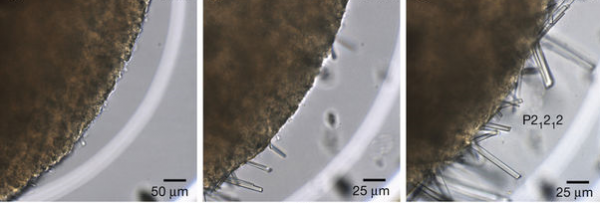
In a new study, researchers from the Flanders Institute for Biotechnology, the Free University of Brussels (VUB), the Eindhoven University of Technology in the Netherlands, the University of Savoy in France and the Biscay Science and Technology Park in Spain, found for the first time the molecular details of nucleation of protein crystals, which is of great medical and scientific significance. Dr. Mike Sleutel (VIB/VUB), co-author of the paper,…
The Latest Research Progress of Ion Channels (II)

(Continued) PNAS: Scientists find another key protein that helps humans feel the taste doi:10.1073/pnas.1718802115 Until now, many scientists believe that a protein called TRPM5 is the key to distinguish these tastes. When TRPM5 is removed from human taste cells, they can no longer taste sweet, bitter or salty foods. The results of a recent study challenged this existing concept. According to an article recently published in PNAS, the…
